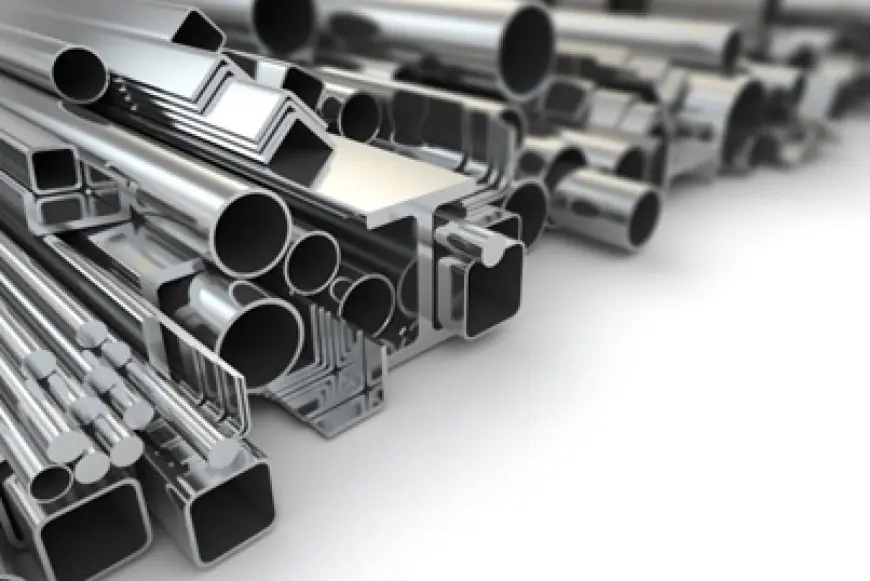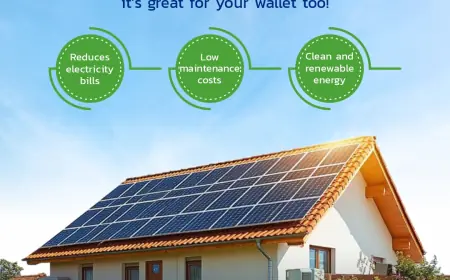Mild Steel Properties: What Makes It So Versatile?
To know more about mild steel, we have discussed in what makes it so versatile?

Mild steel is one of the most commonly used materials in construction, manufacturing, and engineering due to its exceptional properties. This low-carbon steel offers a unique combination of strength, flexibility, and affordability, making it a preferred choice in various industries. But what exactly makes mild steel so versatile? Let’s explore its key properties and why it remains a top choice for industrial applications.
Chemical Composition and Structure
Mild steel primarily consists of iron and carbon, with a carbon content ranging from 0.05% to 0.25%. This low carbon content makes it softer and more ductile compared to high-carbon steels. Unlike stainless steel, mild steel does not contain significant amounts of chromium or nickel, which means it is not inherently corrosion-resistant but can be treated with coatings or galvanization to improve its durability.
2. High Ductility and Malleability
One of the standout properties of mild steel is its ductility, which refers to its ability to be stretched into wires without breaking. This characteristic makes it ideal for fabrication and shaping into various forms, including sheets, bars, and pipes. Its malleability also allows it to be easily bent and formed into complex shapes, which is crucial in construction and metalworking applications.
3. Excellent Weldability
Mild steel is known for its superior weldability compared to other types of steel. Due to its low carbon content, it can be welded using conventional welding techniques without the risk of cracking. This property is essential in industries such as shipbuilding, automobile manufacturing, and infrastructure development, where strong and durable welds are required.
4. High Tensile Strength
Despite its low carbon content, mild steel has good tensile strength, typically ranging between 400 to 550 MPa. This makes it strong enough for structural applications while remaining flexible enough to absorb impacts. Its strength can be further enhanced through processes like cold rolling or heat treatment.
5. Cost-Effectiveness
Mild steel is widely available and relatively inexpensive compared to other metals like stainless steel or aluminum. Its affordability makes it a popular choice for large-scale projects, from bridges and buildings to machinery and household appliances. Since it is easy to manufacture and process, it also helps in reducing production costs.
6. Magnetic Properties
Mild steel exhibits strong magnetic properties due to its iron content, making it useful in applications where magnetism is required, such as in electrical transformers, motors, and generators.
7. Corrosion Susceptibility and Protection Methods
One of the limitations of mild steel is its susceptibility to corrosion. When exposed to moisture and oxygen, it can rust over time. However, this issue can be mitigated using protective coatings such as paint, galvanization (zinc coating), or powder coating, which significantly improve its resistance to environmental factors.
8. Recyclability and Sustainability
Mild steel is 100% recyclable, making it an environmentally friendly material. Scrap mild steel can be melted down and reprocessed without significant loss of quality, reducing the demand for raw materials and minimizing industrial waste.
Conclusion
The versatility of mild steel stems from its excellent combination of strength, ductility, weldability, and cost-effectiveness. Its adaptability to various treatments and coatings further extends its applications, making it indispensable in industries ranging from construction and automotive to electrical engineering. While it has some drawbacks, such as susceptibility to corrosion, the advantages of mild steel far outweigh these challenges, making it one of the most widely used materials in the world today.
What's Your Reaction?
 Like
0
Like
0
 Dislike
0
Dislike
0
 Love
0
Love
0
 Funny
0
Funny
0
 Angry
0
Angry
0
 Sad
0
Sad
0
 Wow
0
Wow
0


















































